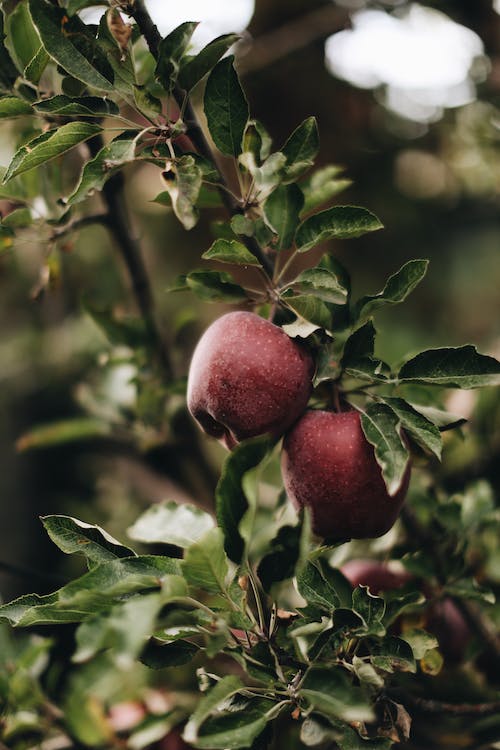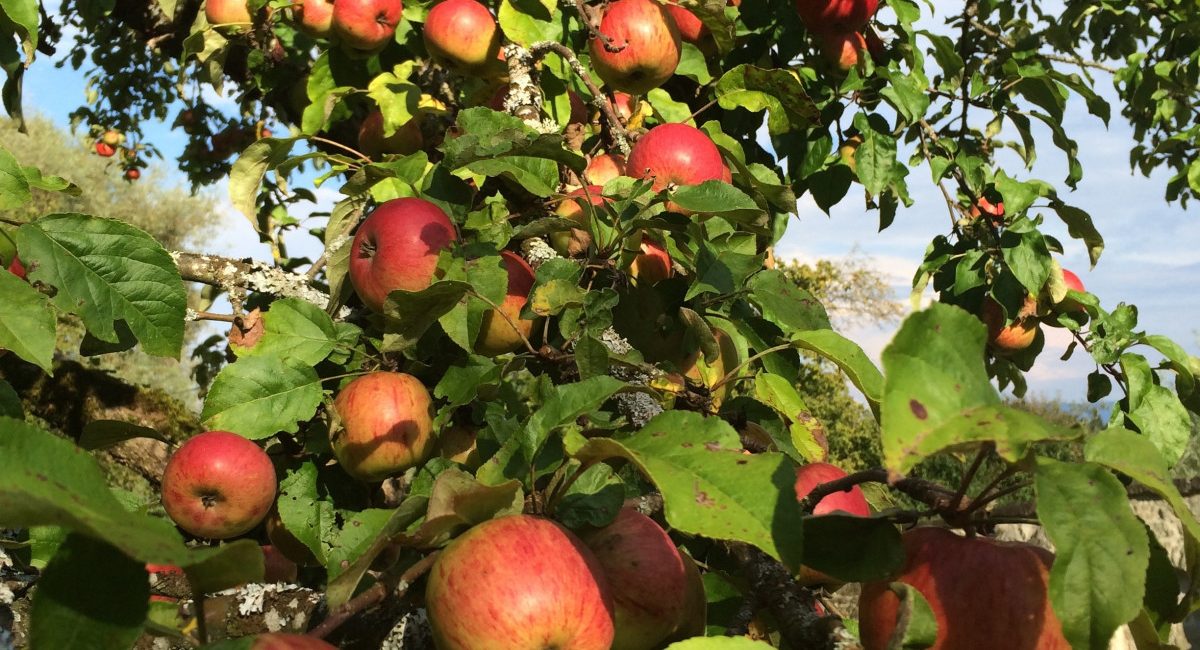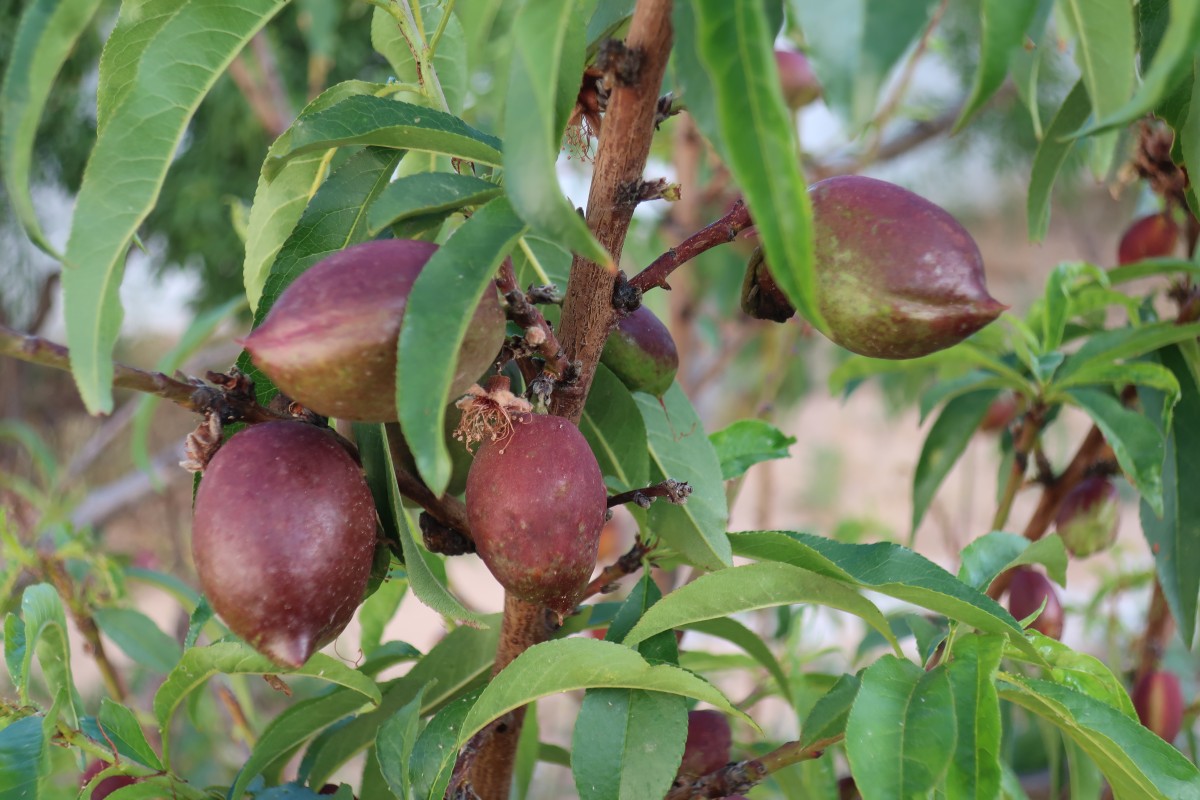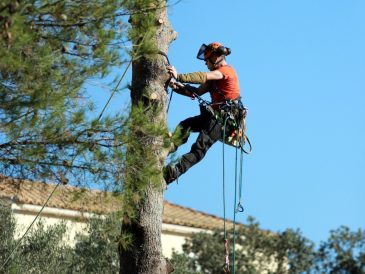How to Prune an Apple Tree
The apple tree has been subject to much research concerning its growth and pruning for several centuries. The tree’s reaction to pruning differs according to the more or less vigorous quality of the rootstock but also according to the cultivar, which can present a dominant axis or, on the contrary, a very branched port. Therefore, observing your tree’s reactions and knowing how to distinguish buds from shoots to adapt the pruning of your tree according to what you want to obtain is essential.
The simplest way to prune an apple tree, applied by arborists and easily transposable to the amateur, consists in leading the fruit-bearing branch in long pruning according to two techniques
-
the renewal pruning;
-
the Lespinasse method.
This post explains how to prune an apple tree according to these two principles.
Step 1. Thin your apple tree before pruning
Clear the tree’s interior and create spaces in the crown to let in light. Depending on the shape of your apple tree, the technique will differ:
It would be best to clear goblets and tall stems in the center.
Other shapes should be thinned out between 2 frames or submerses by removing vertical branches and twigs.
Step 2. Carry out a renewal pruning of your apple tree

– The renewal pruning
Renewal pruning was invented and practiced by the French between the 17th and 19th centuries. It is used today by Anglo-Saxon and American arborists. It is perfectly suited to the amateur gardener who, in the end, has practically no need to prune if he cultivates traditional varieties of apple trees because the bearing branch continues to produce beyond 3 years.
The renewal pruning (or rejuvenation) allows the apple tree to grow from its first years and the time it produces fruit. Indeed, its growth is distributed on a maximum of vegetation points (crowned twigs). The harvest of apples is, therefore, more regular, and the fruits are of more homogeneous size.
Renewal pruning can be applied to goblet and free-axis apple trees.
– Renewal pruning
These principles apply to apple trees and, more generally, to all fruit trees.
Remove branches that cross each other by cutting off one of them (the one less damaged by friction) or those that are too vigorous with the trunk.
Note: if several branches start from the same area, keep only the most inclined one (the most likely to bear fruit).
Remove the suckers, those vigorous and vertical branches that compete.
Remove suckers from the ground and branches too low on the trunk (at least 80 cm from the bottom).
Let the branches grow around the trunk. Fruit can then be harvested after 1, 2 or 3 years, depending on the variety.
Note: the apple tree then takes on a rather untidy weeping appearance which should not alarm you!
The weight of the first fruits formed causes the still flexible branch to bend (curl), which stimulates the awakening of a wood eye at the top of the arch. This replacement branch bears buds after 1, 2 or 3 years, while the branch supporting it continues to produce for at least 3 years.
Modern varieties of apple trees (Royal Gala, Golden) stop producing when the branch exceeds 3 years. It is, therefore, necessary to prune the branch just after the replacement branch, at the end of these 3 years, hence the term renewal pruning.
Step 3. Prune your apple tree with the Lespinasse method
Jean-Marie Lespinasse, an INRA researcher specializing in apple tree pruning, has developed modern techniques for orchard management in fruit hedges according to the principles of the free axis.
This technique is a variant of renewal pruning (or rejuvenation). It consists, in addition to the above principles, in
Pinching the renewal branch in June-July of the 3rd summer to continue to direct the sap to the branch that supports it.
Note: this seemingly small gesture prompts it to produce crowned and small twigs that end in a single delicious fruit. After fruiting, the twig swells, forming a bursa rich in calcium and hormones. It, in turn, generates a new short twig that bears fruit at its tip 1 or 2 years later.
Tilt twigs that are too vertical by placing weights to encourage them to form buds.
Equipment needed to prune an apple tree
Branch cutter
Ladder with saw and telescopic handle
Step ladder
Pruning shears





